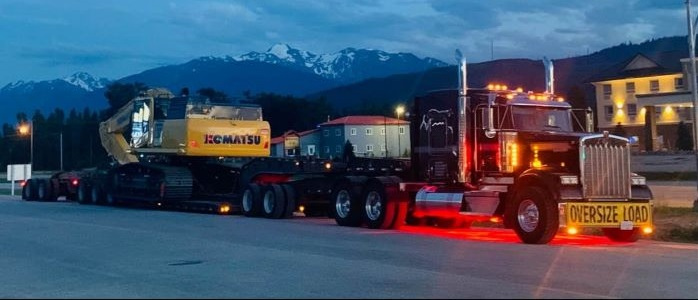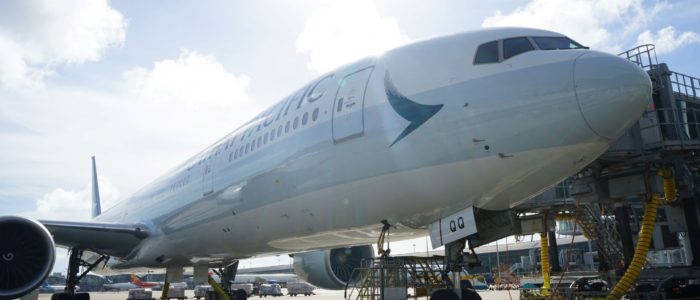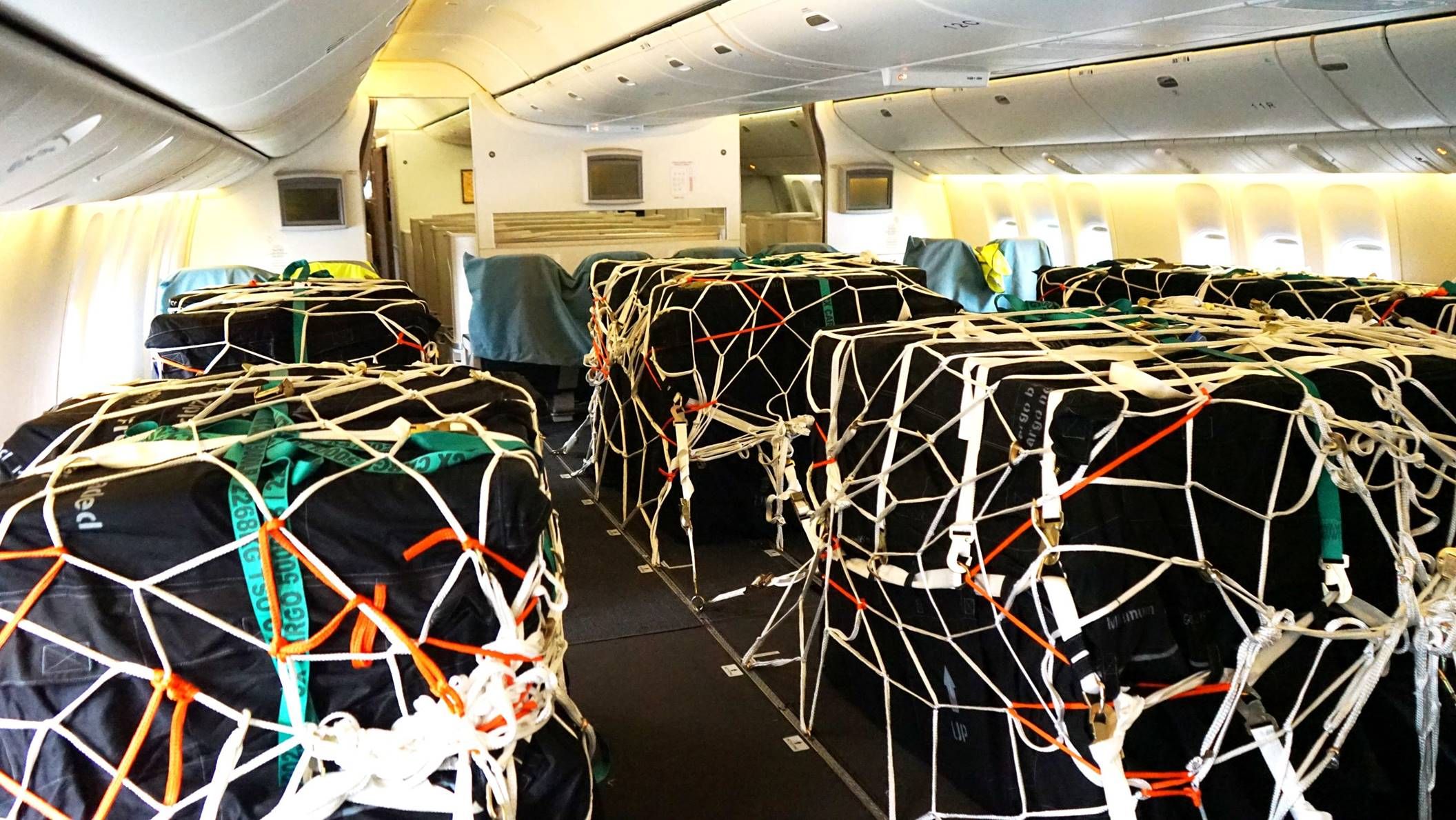
The Largest Energy Project In Canadian History Requires Import Of 1 Million Tons Of Oversized Construction Equipment
Shipments of massive excavators for the $40 billion LNG Canada energy project are shipped on board roll on/roll off ships to the Port of Tacoma, Washington. The equipment is driven on and off the ships via an enormous ramp with under-deck access. After arrival in Tacoma, they are hauled to Kitimat, BC for construction of the LNG facility and a 420 mile pipeline. The removable goose-neck trailers are fitted with 7 to 9 axles because transport is restricted to 34,000 lbs per axle most of the year. In snow and freeze/thaw conditions, the trailers are upgraded to 10-12 axles to redistribute the weight of the heaviest equipment.
Read more about this project’s complex logistics at:
https://www.joc.com/breakbulk/roro-cargo/high-and-heavy-hits-road-lng-canada-project_20200824.html
(Image: Spruce Hollow Heavy Haul moves an excavator from Port of Tacoma to Kitimat, BC, on a 9-axle rig. Photo credit: Spruce Hollow Heavy Haul.)

Airlines Retrofit Passenger Aircraft To Handle Cargo
Cathay Pacific supplements their cargo capacity and cuts some of their losses related to the pandemic by removing economy seats from Boeing 777 planes to transport more medical supplies, PPE and other critical shipments. They are required to keep the front and rear seat rows in place to protect the aircraft from cargo that could shift due to turbulence. Cargo is placed in fire-retardant bags because passenger cabins aren’t equipped with fire-suppression systems. The airline follows in the footsteps of Air Canada and Lufthansa who have reconfigured some passenger planes for cargo.
Read more about this trend at:
https://www.freightwaves.com/news/cathay-pacific-strips-seats-from-777-aircraft-for-cargo
(Image Credit: Cathay Pacific)
